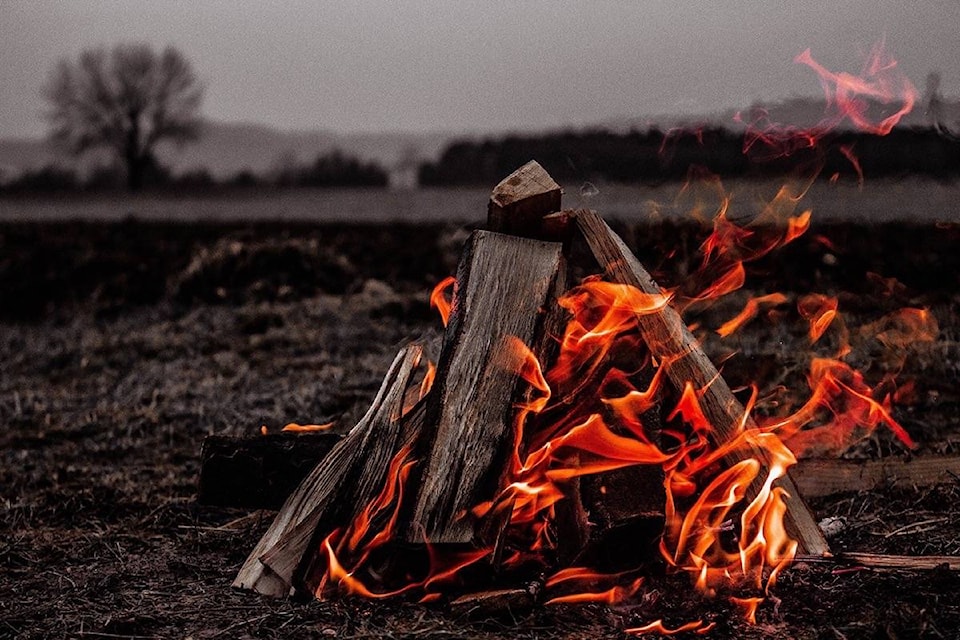The first lightning-caused wildfire of the season happened last week just outside of Castlegar.
The fire was sparked after the thunderstorm that raged over the city for a few hours on Friday. It started on the northside of Syringa Provincial Park.
A helicopter was deployed to carry in supplies for a ground crew to battle the fire, which by the time it was extinguished, encompassed 0.25 hectares.
“It was small, actioned really fast, and it is out,” Kachman said. “All the others were human-caused and under investigation.
Just two weeks into May, officials say there have been one lightning-caused and six human-caused fires in the Southeast Fire Centre.
“Yes it’s early days and there is still snow on the ground out there in the many areas,” began Fire Information Officer Carlee Kachman. “But this is still a reminder that people do need to be diligent in their use of fire at all times.”
“Regulations still apply for monitoring, having fuel breaks and appropriate equipment on hand to put out the fire in case of escape, and making sure the fires are completely out.”
Meanwhile, two grass fires in Fruitvale crew dealt with last week were person-caused, but not from homeowners burning garden waste.
RCMP Sgt. Darren Oelke confirmed the Fruitvale Fire Department attended an incident behind their fire hall.
“As they were cleaning up at the fire hall, someone saw a male return and start a fire in the same area,” Oelke explained. “The police were then called.”
A positive ID could not be made of the male who re-started the fire, Oelke added.
“However, one male was arrested for being intoxicated in a public place and causing a disturbance. He was held in custody overnight then released without charge.”
RDKB Fire Chief Dan Derby said the grass fires are a reminder of how flammable conditions remain despite early spring.
“Dead standing grass that freezes in the winter is still flammable until it greens up,” he said. “So that adds to the fire risk this time of year, and it’s not uncommon to have a backyard fire become a small grass fire very quickly because the fuel around the fire pit area is very flammable.”
The summer of 2017 will be remembered as one of the worst wildfire seasons in British Columbia’s history. Over 1.2 million hectares burned, 65,000+ people were displaced, and fire suppression costs exceeded $568 million.
